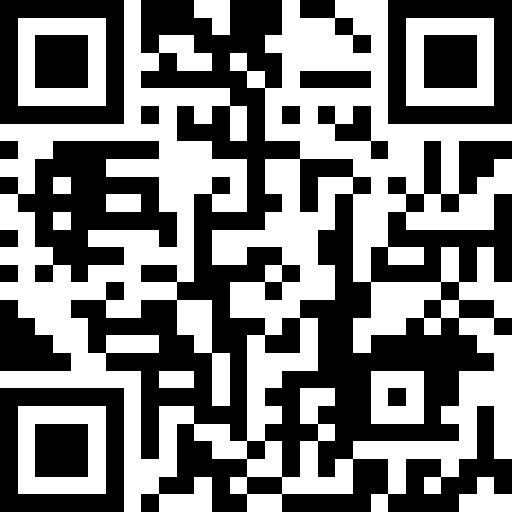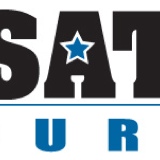Title Page
-
Site conducted
- Phase 1
- Phase 2
- Phase 3
- Phase 4
- Main
- LB
- SSC
-
Is JSA 2025-01 Gantry Welder platform access posted and understood by the gantry operator?
-
Conducted on
-
Prepared by
-
Location
Untitled Page
Environment and Housekeeping
-
Clean, orderly, and sanitary.
-
Floor is free from trip hazards.
-
Combustible scrap, debis, and waste are stored properly and promptly removed from the workplace.
-
Covered metal waste cans are used for rags soaked in oil, flammable, combustible liquid, paint, etc.
Exit Routes
-
Exit doors are not locked, blocked, or otherwise obstructed.
-
Exit doors can be opened from the direction of exit travel without the use of a key, tool, or any special knowledge or effort when the building is occupied.
-
All exits are marked with exit signs that are illuminated internally or by a reliable light source.
-
Doors, passageways and stairways that are neither exits nor access to exits, but could be mistaken for exits, are appropriately marked "NOT AN EXIT"
-
Where exit doors open directly onto a street, alley, or other area where vehicles may be operated, adequate barriers and warnings are provided to prevent Team Members from stepping into the path of traffic.
Fire Extinguishers
-
Portable fire extinguishers of the appropriate type(s) are provided in adequate numbers and mounted in readily accessible locations.
-
Fire extinguishers are visually inspected monthly, and the inspection is recorded.
-
Fire extinguishers are fully charged and in their designated places.
Compressed Gas Cylinders
-
Cylinders are clearly marked to identify their contents.
-
Cylinders are chained or affixed to a wall or cart when not in use.
-
Cylinders are stored where they cannot be damaged by passing or falling objects.
-
Valve-protection caps are placed on cylinders when the cylinders are not in use, or connected for use.
-
Empty cylinders are appropriately marked, and their valves are closed.
Electrical Safety
-
Electrical panels are kept closed.
-
Clear Space is maintained in front of electrical panels, minimum 3 feet in front, and at least width of the panel.
-
Exposed wiring, and cords with frayed or deteriorated insulation, are immediately removed from service.
-
Power strips are used for computers only.
-
Switches, receptacles, junction boxes, etc. have covers or plates.
Portable power tools and equipment
-
Portable fans are provided with full guards or screens having openings 1/2 inch or less.
-
Pneumatic and hydraulic hoses on tools are free from deterioration or damage.
-
Vertical or Right-Angle Head portable grinder safety guards are located between the operator and wheel during use, and have a maximum exposure angle of 180 degrees.
PPE
-
Safety Glasses, Steel toe boots, and hearing protection is being worn by all team members.
-
PPE ( including respirators)are maintained and stored in sanitary conditions and ready for use.
-
Foam lined glasses and face shields are being worn during all grinding operations.
-
Appropriate shields being worn during welding operations.
Walking-Working Surfaces
-
Workers working on surfaces that are elevated more than 4 feet (1.2 meters) above a lower level are protected from falling.
-
Material on elevated surfaces stacked or racked in a manner to prevent it from tipping or falling.
-
Floor holes are guarded by a cover, a guardrail, or equivalent on all sides (except at stairways or ladder entrances).
Machinery and Equipment
-
All guarding is in place and functional.
-
Foot-operated switches are guarded to prevent accidental actuation by a person or falling object.
-
All below the hook device are marked to show load capacity.
-
All crane controls are clearly labeled and in good condition.
-
All below the hook devices have a current inspection tag on them.
-
Emergency stop functions.












